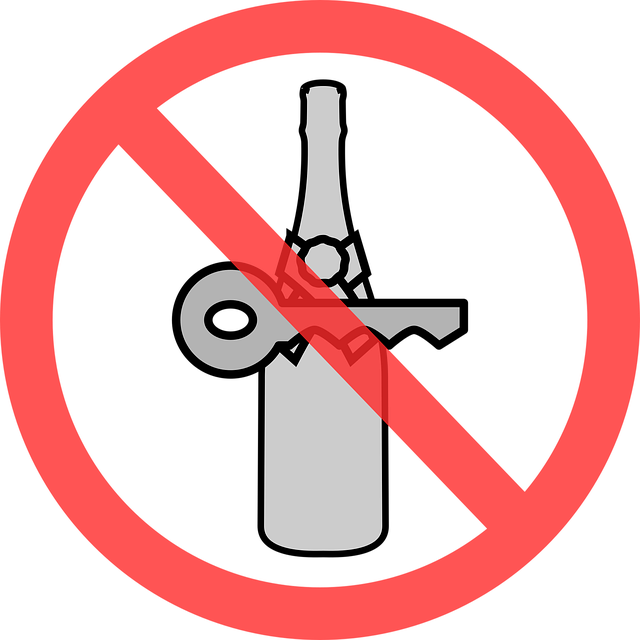Pedestrians in urban areas have defined rights, including safe use of sidewalks and crosswalks. Vehicle Impoundment and DUI Law plays a crucial role in protecting them from impaired drivers. Strict enforcement reduces drunk driving, enhances infrastructure, and sends a strong message against dangerous behavior. Strategic planning for pedestrian safety, combined with these laws, creates safer streets for all.
In urban areas, ensuring safe streets for pedestrians is paramount. This article explores crucial aspects of pedestrian rights and safety, focusing on understanding legal protections in urban spaces, the role of vehicle impoundment laws, and strategies to safeguard civilians from DUI offenders. By examining these key components, we aim to highlight how comprehensive planning and enforcement can create inclusive, secure street environments for all users. Additionally, we delve into innovative designs that prioritize pedestrian well-being, emphasizing the importance of a multi-faceted approach to address urban mobility challenges.
- Understanding Pedestrians' Rights in Urban Spaces
- The Impact of Vehicle Impoundment Laws
- Protecting Civilians from DUI Offenders
- Designing Safe Streets for All Users
Understanding Pedestrians' Rights in Urban Spaces

In urban spaces, pedestrians have specific rights that must be respected and protected by both city authorities and drivers. Understanding these rights is crucial for ensuring safe streets where everyone can move freely without fear or harm. Pedestrians have the legal right to use sidewalks, crosswalks, and public pathways without interference from vehicles. This includes the freedom to walk, run, or even sit on these areas, as long as they do not obstruct traffic.
Moreover, knowledge of Vehicle Impoundment and DUI Law empowers pedestrians to protect their rights further. They can call for assistance if they witness or experience dangerous driving behavior, such as drunk or distracted driving. By being aware of their legal protections, pedestrians can actively contribute to maintaining order and safety in urban environments, fostering a sense of community and responsible shared space.
The Impact of Vehicle Impoundment Laws

Vehicle impoundment laws play a significant role in enhancing pedestrians’ safety, especially in urban areas. These laws allow authorities to seize and impound vehicles that violate traffic rules, particularly those linked to DUI (Driving Under the Influence) offenses. By removing dangerous vehicles from public spaces, communities can create safer environments for pedestrians. Impoundment acts as a powerful deterrent, discouraging drunk driving and reducing the risk of accidents involving intoxicated drivers.
Moreover, the proceeds from vehicle impoundments can fund infrastructure improvements aimed at pedestrian safety. This includes better street lighting, crosswalk modifications, and traffic signal enhancements, all of which contribute to a more secure walking experience. In the context of DUI laws, strict impoundment regulations send a clear message that reckless driving behavior will not be tolerated, ultimately benefiting the overall well-being of pedestrians and road users alike.
Protecting Civilians from DUI Offenders

In urban areas, where foot traffic is dense, protecting pedestrians from impaired drivers is paramount. The Vehicle Impoundment and DUI Laws play a crucial role in ensuring public safety. When a driver is found guilty of driving under the influence (DUI), their vehicle can be impounded as part of the legal consequences. This measure serves as a deterrent and removes the offender’s ability to cause further harm on the roads. Additionally, these laws often include provisions for victim compensation and rehabilitation programs, addressing not just the immediate safety concerns but also the long-term impact on pedestrians and the community at large.
By strengthening Vehicle Impoundment and DUI Law enforcement, communities can send a clear message that impaired driving will not be tolerated. This results in safer streets, reducing pedestrian accidents and fostering an environment where everyone can move about freely without fear of harm from drunk or distracted drivers.
Designing Safe Streets for All Users

Creating safe streets involves a thoughtful design that considers all users, not just vehicles. This means prioritizing pedestrian access, visibility, and comfort. It starts with well-planned sidewalks, crosswalks placed at strategic intervals, and clear markings to guide both walkers and drivers. Well-lit paths and street furniture like benches or shelters can enhance safety and appeal to pedestrians.
Incorporating elements that discourage speeding and reduce vehicle traffic congestion is key. This can include speed bumps, roundabouts, and residential zoning measures. Additionally, enforcing Vehicle Impoundment and DUI Law plays a crucial role in deterring dangerous driving behaviors, ensuring that streets are not only designed but also maintained as safe spaces for everyone, regardless of their mode of travel.
Ensuring safe streets for pedestrians is a multifaceted approach that involves understanding and protecting the rights of walkers, addressing vehicle impoundment laws, and keeping civilians secure from impaired drivers. By implementing inclusive street design and enforcing strict DUI laws, communities can foster environments where everyone feels free to move about on foot without fear or danger. These efforts are essential steps towards creating vibrant urban spaces that prioritize the well-being of all residents.






